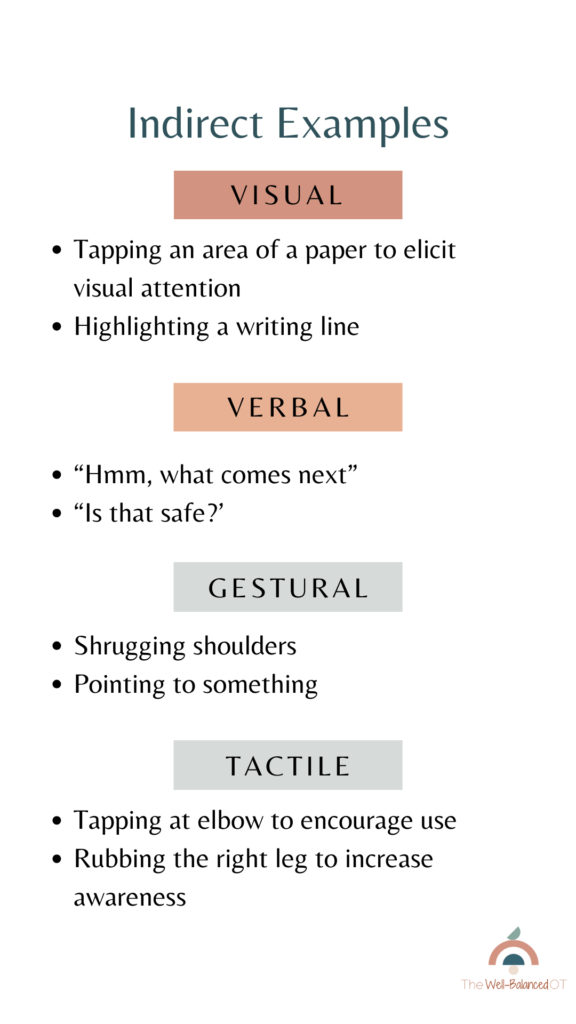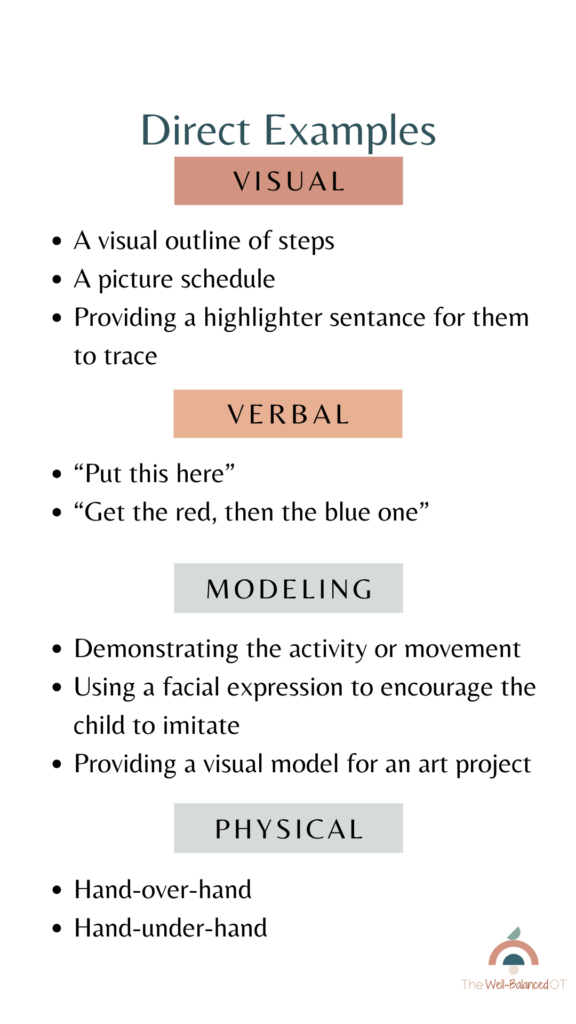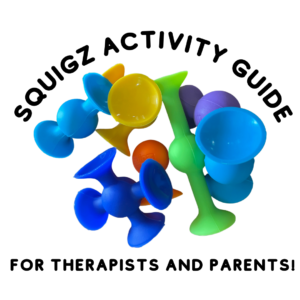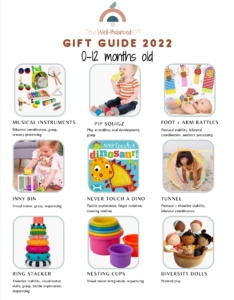Last week I saw a reel made by an SLP about prompts vs. cues. I wish I remembered who posted it but it led to a great discussion in my stories. Personally, I have always used the two words interchangeably, most often using cue in all of my documentation. I immediately went into panic mode:
- Have I been doing it all wrong?
- IS there a difference between the two words? If so, what is it?
- Is this primarily a Speech thing?
- Am I wrong for not using the word prompt in my notes??
I was getting messages that some of you felt like this too. So I thought it was perfect to discuss this a bit further.
What is the difference between a prompt and a cue?
When you look at the differences between prompts and cues, almost everything originates from speech therapists and ABA. When I polled OT’s, 140 of you felt like the terms were the same, and 115 of you felt like the had different definitions. I’m with you. In all my years as an OT, I’ve only used the word cue in my documentation, but have always been very specific about the type and if any other supports were used.
There are a few different definitions that I found and one that I really liked.


When I look at research related to Occupational Therapy, most frequently the word cue is used. And, if we’re going to get even more specific, they’ll specify between a direct or indirect cue, which aligns with the above definitions.
An indirect cue is something that is a hint. It doesn’t give the child the answer or move their body in a specific manner, but helps them figure it out on their own.
- A tap on the desk
- A gesture to look
- A tap at the elbow
A direct cue is something that provides specific instruction:
- A visual schedule or list
- Hand over hand
- Verbal direction
- Modeling a movement or skill
In my opinion, it’s less important to state whether we used a prompt and a cue and more important to specifically report on exactly what type of support that child needed.
Let’s break down the types of cues and how restrictive they are:


Generally speaking, the indirect cues are less restrictive than direct cues, and the cues move from least restrictive at the top of the list to most restrictive at the bottom. When I write my notes, instead of saying the child required a direct visual prompt, I say that given a visual schedule to support sequencing and initiation of activity, the child completed a 4-step task with 1 gestural cue. The visual schedule is the direct prompt. It’s way more helpful for me to know that this child specifically benefits from a visual schedule rather than just using the broad term visual prompt.
If a child requires a physical cue to complete a task, do we think it’s the just-right challenge?
When I look at tactile cues, an indirect example would be quick tap or touch. A direct cue would be moving the child in a specific manner to reach a target or meet a goal.
Personally, I don’t use a lot of hand-over-hand. When we have to resort to using that type of direct cue, I really wonder if this is the just right task for them? Are we providing them with the right supports to be successful?Oftentimes, we resort to using hand-over-hand for compliance. Just to get the child to engage in the task we want them to complete. But what are they actually learning from that?
Most often nothing, they are learning that someone else’s hand will do the task. They’ll learn that they are not in control of their body. What other less restrictive supports can we implement? Can we make the task more motivating? What is to root cause for why this task is hard? Let’s break it down and work on the underlying areas first. If we alter the task, do we see greater participation?
Hand-under-hand IS less restrictive when compared to HOH and if used in a short duration can support engagement. For example, if we are working on handwriting, I might place a finger on the ulnar side of the hand for 2 seconds to direct the child’s hand towards the paper. This ideally is quickly faded and might appear to be more like a tactile cue.
In my opinion, keeping the hand there throughout the writing to help direct the hand doesn’t truly support the child’s independence and progress towards goals. It just gets them used to having someone else’s hand there and then they rely on that prompt for future practice.Whenever we use either, let’s make sure that we have permission to do so. It might not be a verbal confirmation from them, but pay attention to body language and acceptance. If they pull away, they are saying no. If they look uncomfortable, they are saying no.
So what’s the consensus?
Should we start using the word prompt in our notes? Sure, you can. Do you have to? Nope. Should we know how indirect and direct support is different? Most definitely.
Just make sure to tell us if the child benefits from or required specific direct support like verbal directions, modeling, etc, vs indirect support (like pointing, adding extra time, etc).
While I do think that the two words are used more frequently by speech therapists, we are often working with SLPs, and so it’s helpful to know their terms in order to better support our clients.
Want to learn more from me?

Join our biweekly newsletter for more support, education, and monthly free resources, like this one!








